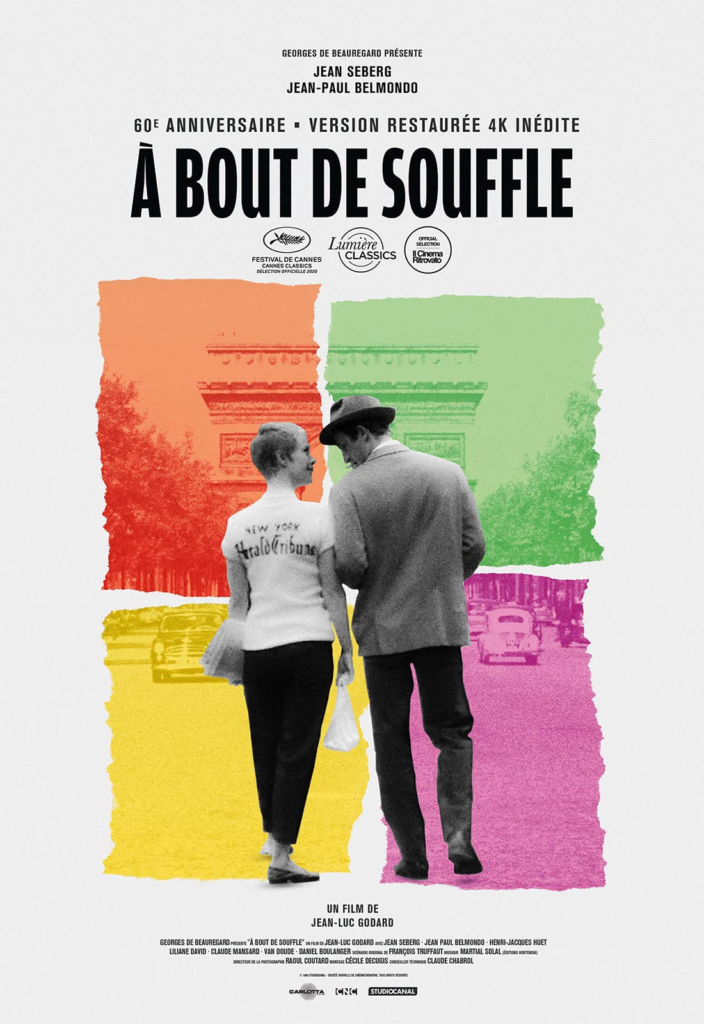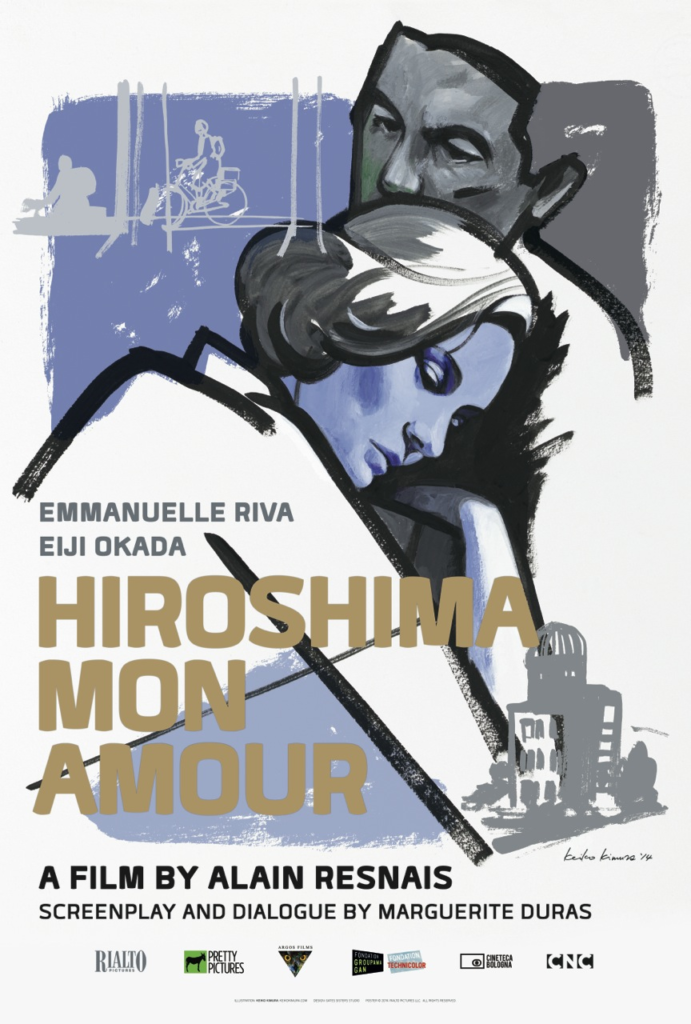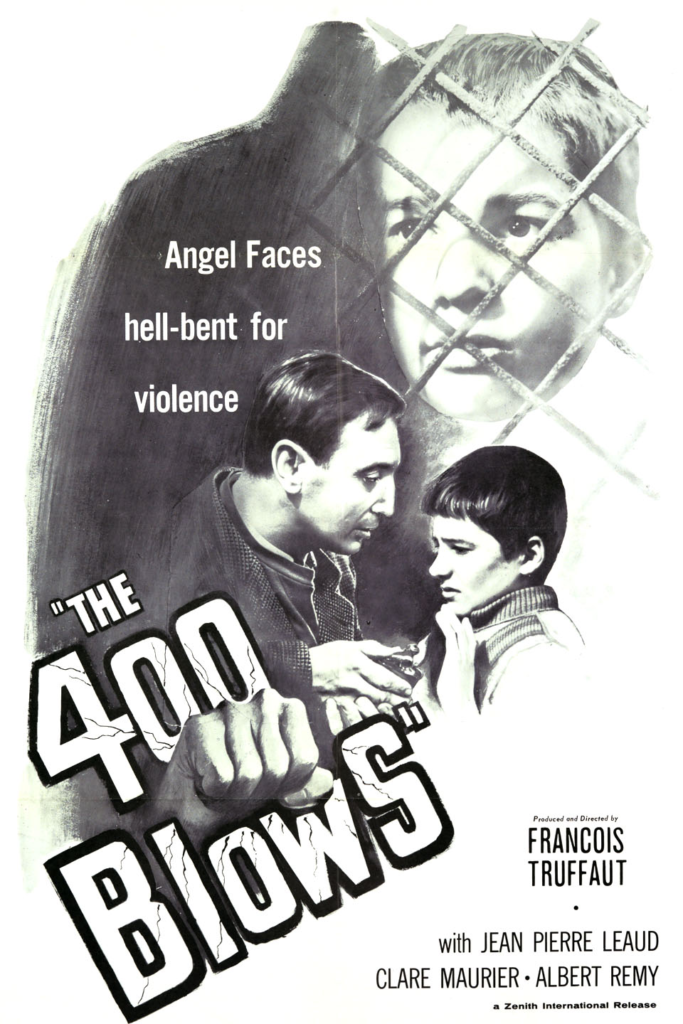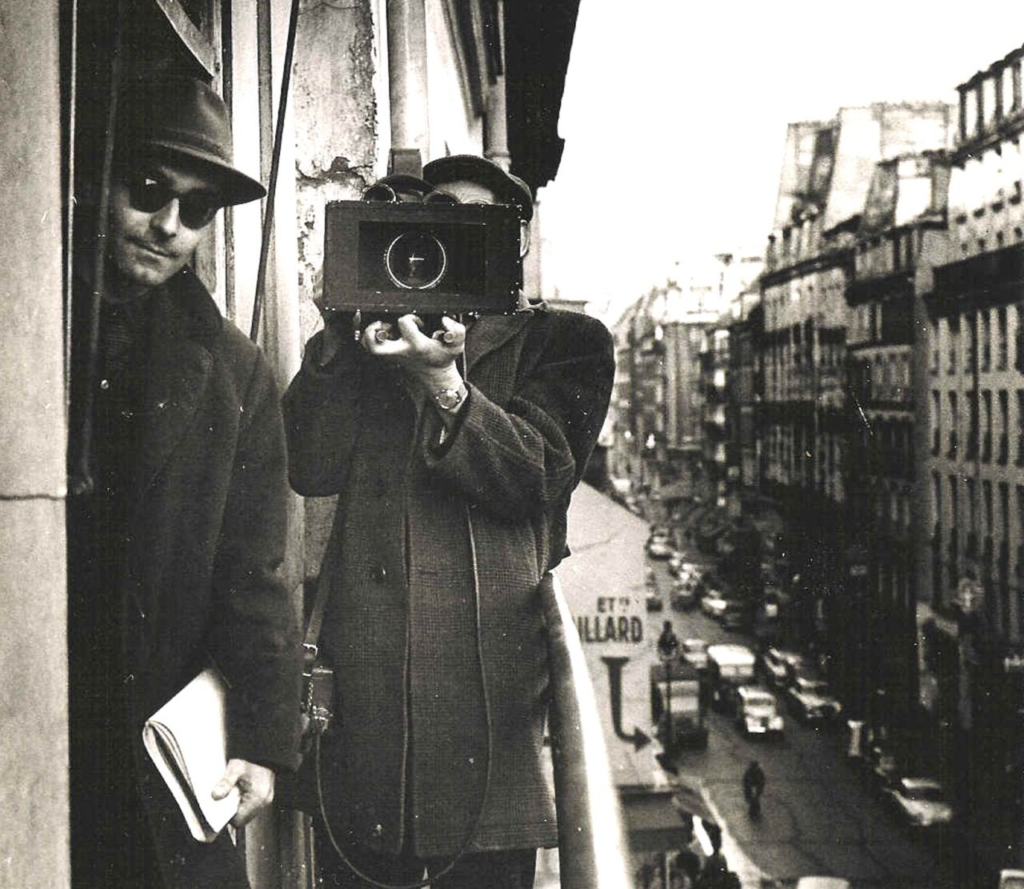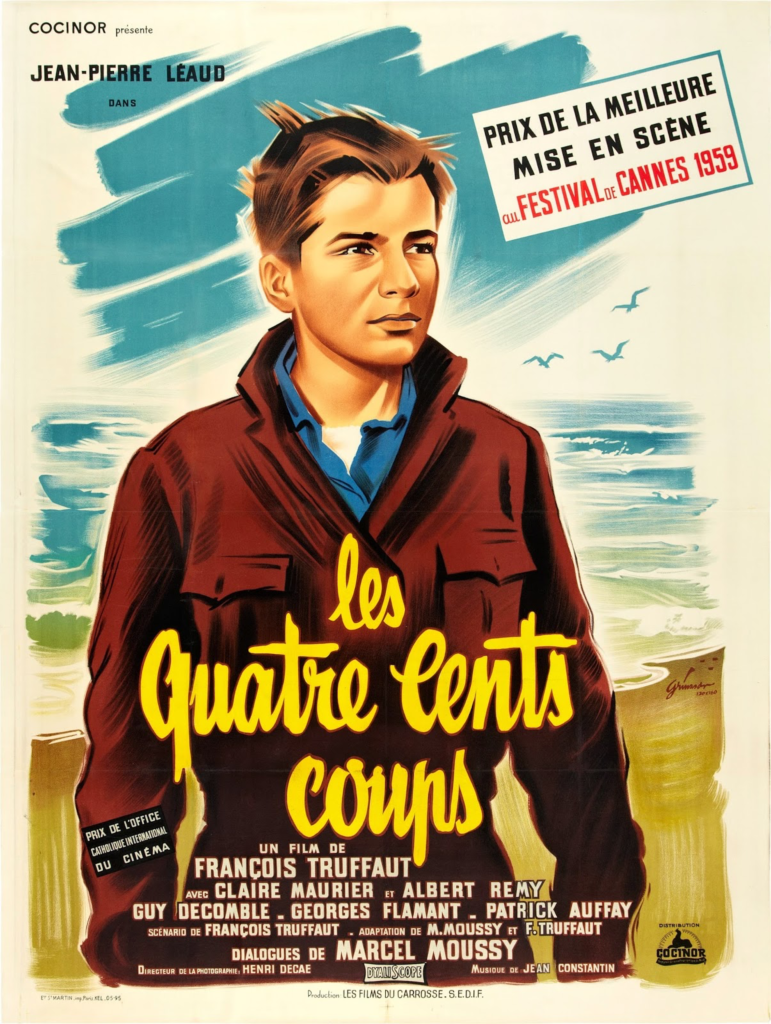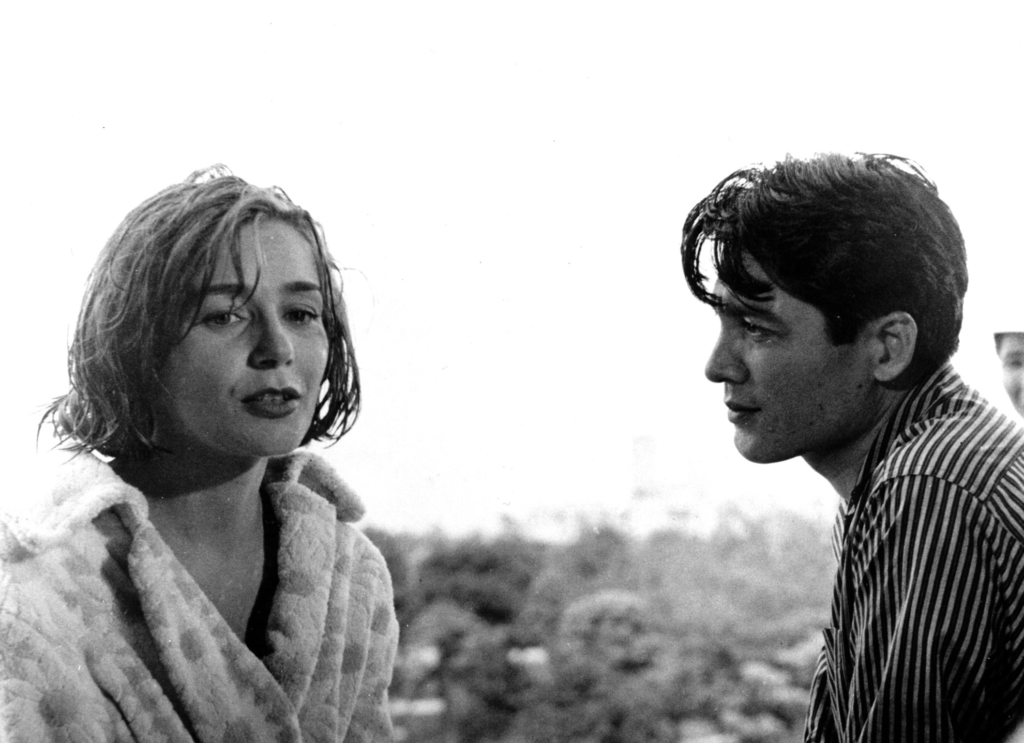

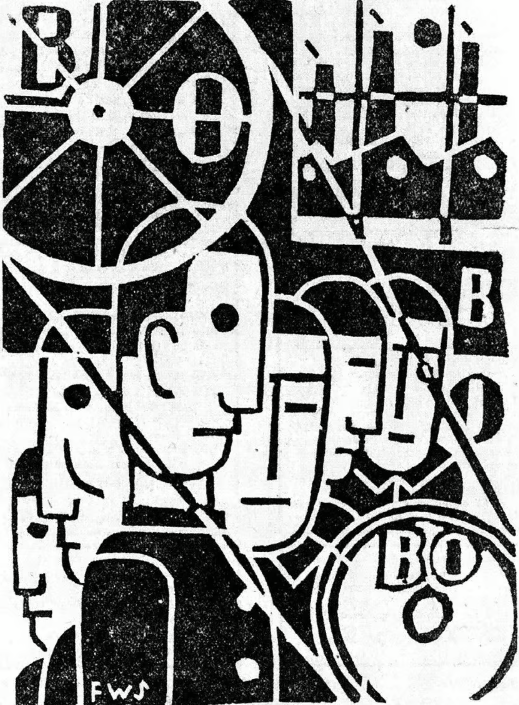
The Soviet Constructivism art movement is known as originating from a position of anti-art, where Russian artists began to reject the conventional frameworks of elite-art. Constructivists used stripped down, geometric forms and used practical instruments, such as rulers and compasses, to achieve this style. Sans-serif fonts and the dominance of red and black also stick out as clear conventions of this movement.
Constructivist art aimed to reflect modern industrial society and urban life. The movement rejected the abstract and over-stylisation of art, in favour of the industrial and symmetrical appearance of real life architecture in Russia.

